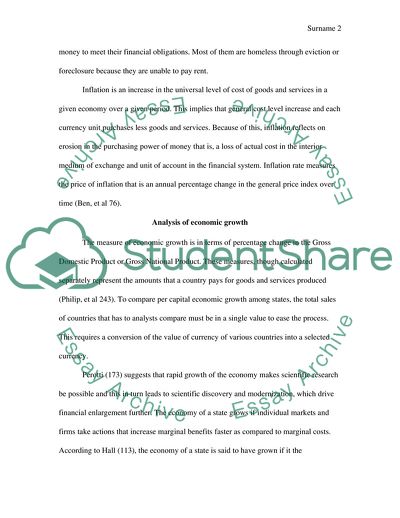Cite this document
(Economic growth, Unemployment and Inflation Research Paper, n.d.)
Economic growth, Unemployment and Inflation Research Paper. https://studentshare.org/macro-microeconomics/1757729-economic-growth-unemployment-and-inflation
Economic growth, Unemployment and Inflation Research Paper. https://studentshare.org/macro-microeconomics/1757729-economic-growth-unemployment-and-inflation
(Economic Growth, Unemployment and Inflation Research Paper)
Economic Growth, Unemployment and Inflation Research Paper. https://studentshare.org/macro-microeconomics/1757729-economic-growth-unemployment-and-inflation.
Economic Growth, Unemployment and Inflation Research Paper. https://studentshare.org/macro-microeconomics/1757729-economic-growth-unemployment-and-inflation.
“Economic Growth, Unemployment and Inflation Research Paper”. https://studentshare.org/macro-microeconomics/1757729-economic-growth-unemployment-and-inflation.


